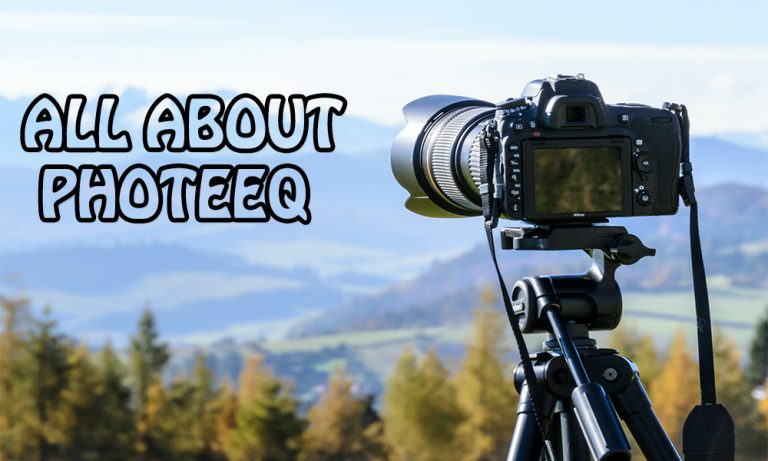
In an age where visual content floods every screen and scroll, minimalism in photography offers a refreshing pause. With its clean lines, negative space, and intentional simplicity, minimalism strips away the unnecessary to highlight what truly matters. It’s a powerful visual language that communicates clarity, emotion, and elegance—qualities that are more relevant than ever in the fast-moving world of modern photography.
Minimalism doesn’t mean lacking substance. On the contrary, it demands a deeper understanding of composition, light, and subject. It’s about choosing the essential, and using every element in the frame with purpose. From professional portfolios to everyday snapshots, minimalist photography has found its place as both an artistic expression and a compelling visual strategy.
Table of Contents
Defining Minimalist Photography
At its core, minimalist photography is the art of saying more with less. It typically features:
- A single dominant subject
- Large areas of negative space
- Simple lines and shapes
- Limited or monochromatic color palettes
- Clean, uncluttered backgrounds
By focusing on one idea or element, the viewer’s attention is drawn to what the photographer intends to highlight, without distraction. This clarity makes minimalist images timeless, versatile, and emotionally resonant.
The Appeal of Less
So why does minimalist photography resonate so strongly today? Part of the answer lies in contrast. Our visual environments—especially online—are often chaotic, colorful, and crowded. Minimalist images offer relief. They invite stillness, focus, and reflection.
This visual calmness is also part of why minimalism pairs so well with modern aesthetics, particularly in digital branding, social media, and editorial design. A single striking image with plenty of breathing room speaks volumes in a crowded feed.
Additionally, minimalist photography often encourages viewers to interpret the image themselves. With less information provided, more is left to the imagination—making the photograph feel personal and engaging.
Tools and Techniques for Minimalist Success
Achieving minimalism in photography takes more than just removing objects from a frame. It requires thoughtful planning and a strong grasp of composition. Here are some foundational techniques:
1. Simplify the Scene
When composing your shot, ask yourself: “What can I remove?” Whether it’s distracting elements in the background, clutter in the foreground, or excess color, reducing visual noise is key.
2. Embrace Negative Space
Empty space isn’t wasted—it’s powerful. It helps isolate your subject and creates balance in the composition. Negative space can be a blank wall, an open sky, or a stretch of sand. It’s what gives your subject room to breathe.
3. Use Natural Light Thoughtfully
Lighting is especially important in minimalist photography because there are fewer elements to rely on. Soft, diffused light works beautifully for serene moods, while high contrast light can create graphic shadows that add drama to an otherwise simple image.
4. Limit Color
Restricting your color palette keeps the focus where it belongs. You might shoot in black and white, use pastels for a calm tone, or isolate a single bold color to make a statement.
5. Play with Geometry and Symmetry
Lines, curves, and shapes can create powerful compositions in minimalist photos. Architecture, for instance, offers great opportunities to explore form without clutter.
Minimalism in Portrait and Event Photography
While minimalism is often associated with landscapes or abstract work, it plays a meaningful role in portrait and event photography as well. By removing distractions and allowing space around your subject, you can create portraits that feel intimate, elegant, and emotionally authentic.
In event settings, minimalist styling and photo setups are gaining popularity. Think of clean backdrops, monochrome props, and well-lit spaces that allow subjects to shine. Even setups traditionally filled with color and kitsch—like a photo booth rental San Antonio—are evolving to include sleek, minimal designs that enhance, rather than overpower, the people being photographed. A simple white or textured backdrop with well-placed lighting can elevate the entire photo experience and produce timeless prints.
The Storytelling Power of Minimalism
Minimalist photography is not just about aesthetics—it’s also a storytelling tool. By focusing on a single subject or gesture, you guide the viewer’s emotional response.
A lone figure walking through fog. A single flower on a bare table. A bird in a vast sky. These types of images don’t require captions—they evoke feelings through simplicity. That’s the magic: in minimizing the content, you maximize the emotional impact.
Minimalist images can express solitude, peace, strength, vulnerability, or elegance, all without the need for elaborate staging or dramatic backdrops.
Mistakes to Avoid
While minimalism encourages simplicity, it doesn’t mean your photo should be empty or unconsidered. Common mistakes include:
- Oversimplifying to the point of losing interest or depth
- Misplacing the subject and creating imbalance
- Using poor lighting, which becomes more noticeable in a minimal frame
Minimalism must still be intentional. Every line, shadow, and space should serve a purpose in the composition.
Conclusion
In modern photography, where attention spans are short and visual noise is constant, minimalism offers a powerful alternative: clarity, calmness, and emotional depth. Whether you’re capturing architecture, landscapes, portraits, or a stylized event moment like a sleek photo booth rental scene, the minimalist approach allows you to cut through the clutter and deliver something meaningful. It’s not just a trend—it’s a mindset that challenges you to see differently and say more with less.







